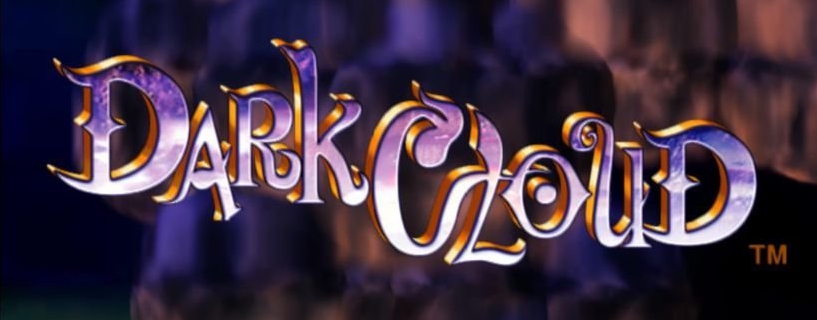When an evil genie awakens and threatens to destroy the world, it’s up to the player to rebuild the villages and save the world while doing so!
Type: Single-player
Genre: RPG, Action, city-building
Developer: level 5
Publisher: Sony Computer Entertainment
Release date: June 11, 2016


One of a Kind
I remember getting this on PS2 years ago, it was groundbreaking back then. Here was a dungeon crawler where I could not only build villages as I saw fit from a birds eye-view, but then I was actually able to zoom down and walk in them. It was amazing how players were able to step inside every house and chat with the inhabitants, honor their wishes about how they’d like the villages to be built, or completely ignore their wishes and build things differently.
Add the basic RPG-elements to that mix, an interesting crafting system, and some developing characters… well, it was a real treat of a game. When I saw Dark Cloud in the PSN store, I just had to pick it up and see how it was again after all these years. So, how is it? Let’s delve in already!
In the Beginning, There was a Dark Genie…
The plot is really the weakest point of this game, unfortunately, so let’s get that out of the way right at the start. It’s the basic RPG-cliche of saving the world from an evil spirit. Thankfully, the game doesn’t take itself seriously in this aspect. The Dark Genie shows itself right at the intro cutscene and looks pretty goofy, acting like a stereotypic Evil antagonist with bad one-liners.
The Genie is controlled by a madman, who starts destroying the world. But, alas! A good wizard (The Fairy king) steps in and seals the villagers inside magical spheres called Atla and spreads them out in dungeons.
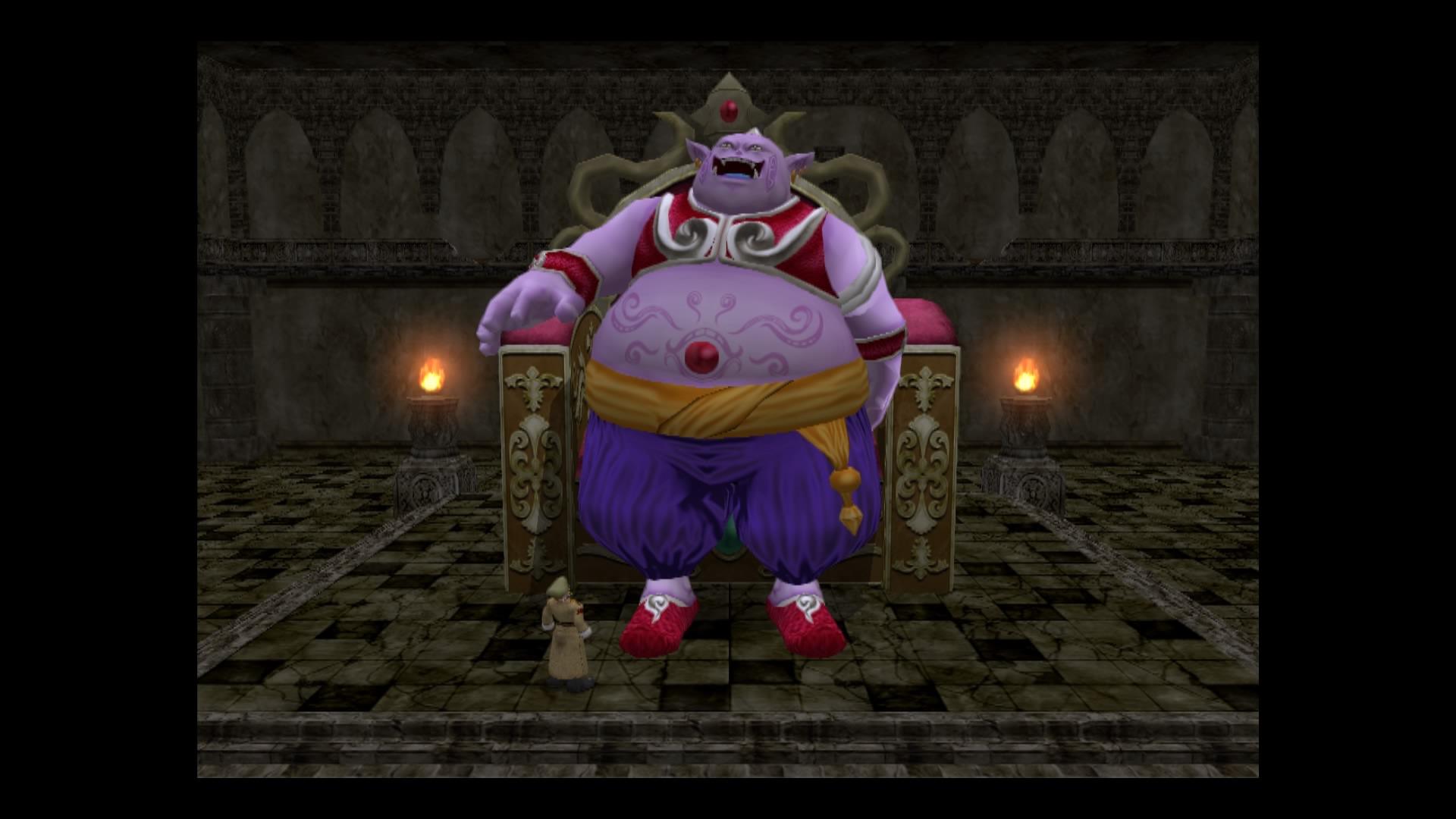
Let’s face it, on paper, this sounds a really cringe-worthy plot, and I didn’t even describe all the absurd things the plot contains and the lengths it goes to. The fact that it doesn’t take itself too seriously, a point which the above picture clearly demonstrates, makes it much more tolerable, even funny and surprising if the player likes humor that sometimes escalates things pretty far. Cutscenes are few and far between each other, so the plot doesn’t contain too many memorable moments. Where this game shines, is in a completely different aspect.
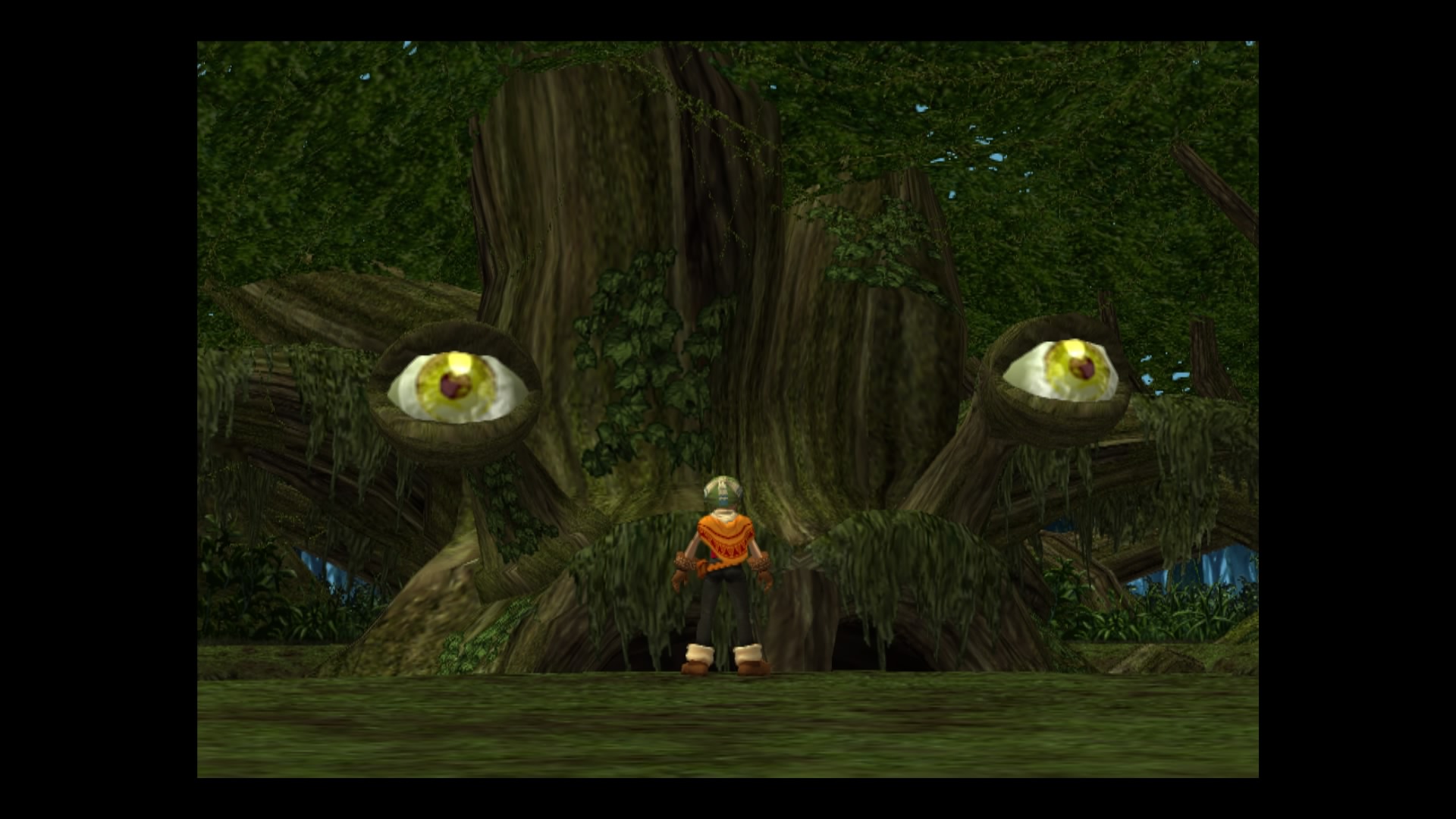
Crawling, crafting and building
The majority of the game is spent in simple, randomized dungeon stages that are relatively quick to complete. Inside dungeons, the atla-spheres contain building blocks for the villages. These might be a house, villager, stairway, sign, barbells/weights, trees, a section of river, or a road. Of course there is also loot within the dungeons, and noticeably a lot of mimics, which are monsters posing as chests. I seemed to run into those all the time. I remember finding a room with three chests in it and hoping for some good loot when I entered the room, only to end up killing two mimics and finding a piece of cheese from the only real chest. Yeah, cheese. Arrgh.
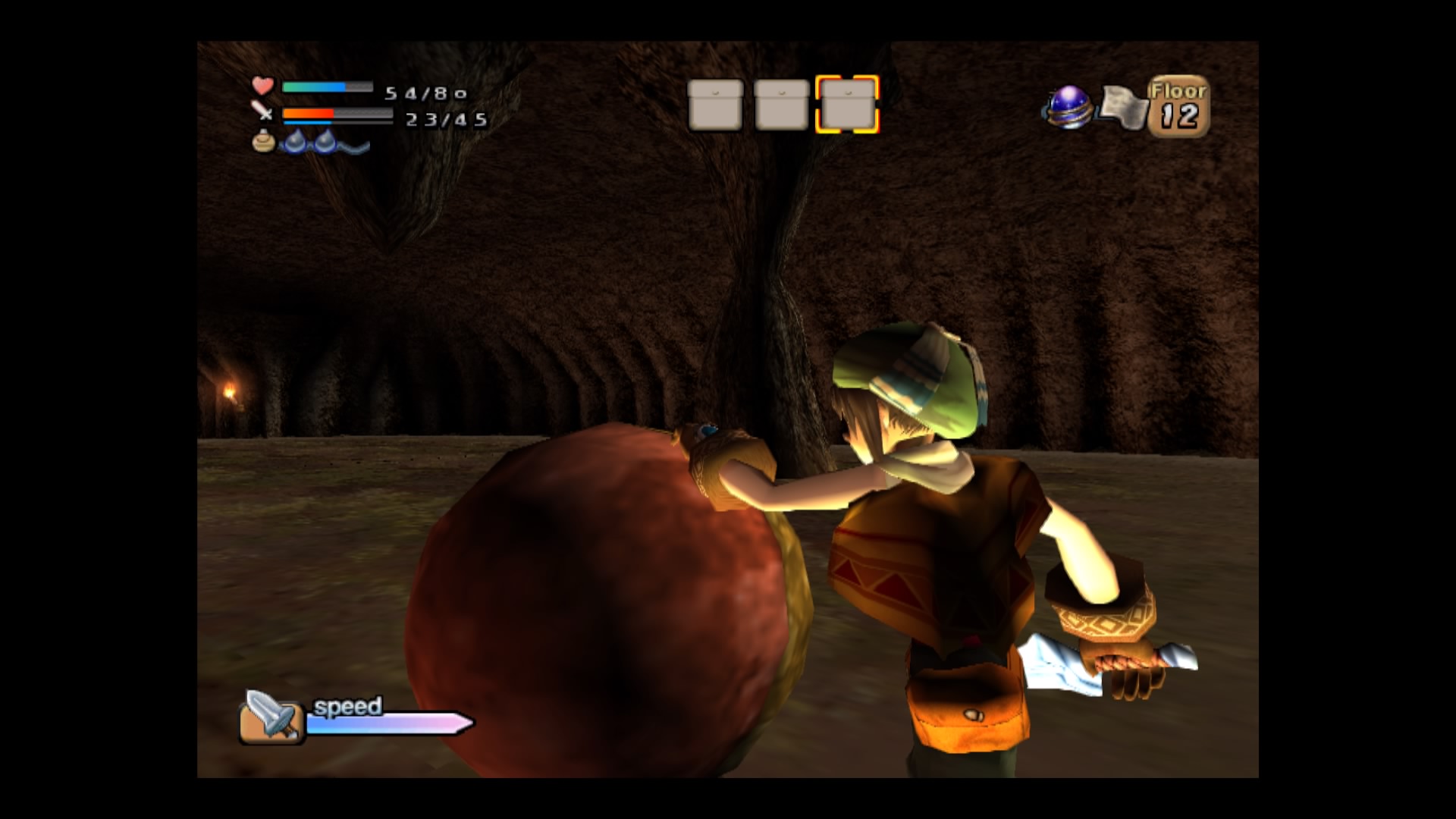
After acquiring a house and some villagers, the inhabitants were more than happy to tell me their wishes for placement and chat about random things. Residents wishes can also serve as sidequests and completing all the wishes grants a unique reward that cannot be obtained in any other way. Most wishes are open-ended, so there is a lot of room for creative imagination even if you want to reach for the 100% completion in every village. I remember being a bit worried on my first playthrough that there was only one way of placing everything if I wanted to achieve 100% of the trophies, but thankfully I was wrong. One villager had wished to live far away from a certain villager and another one wished to live near a pond because he loved fishing. A third villager wanted to hear the rustling of trees and then a fourth one wanted to live near a water mill because he has to wash a lot of laundry. It’s a balancing act at times!
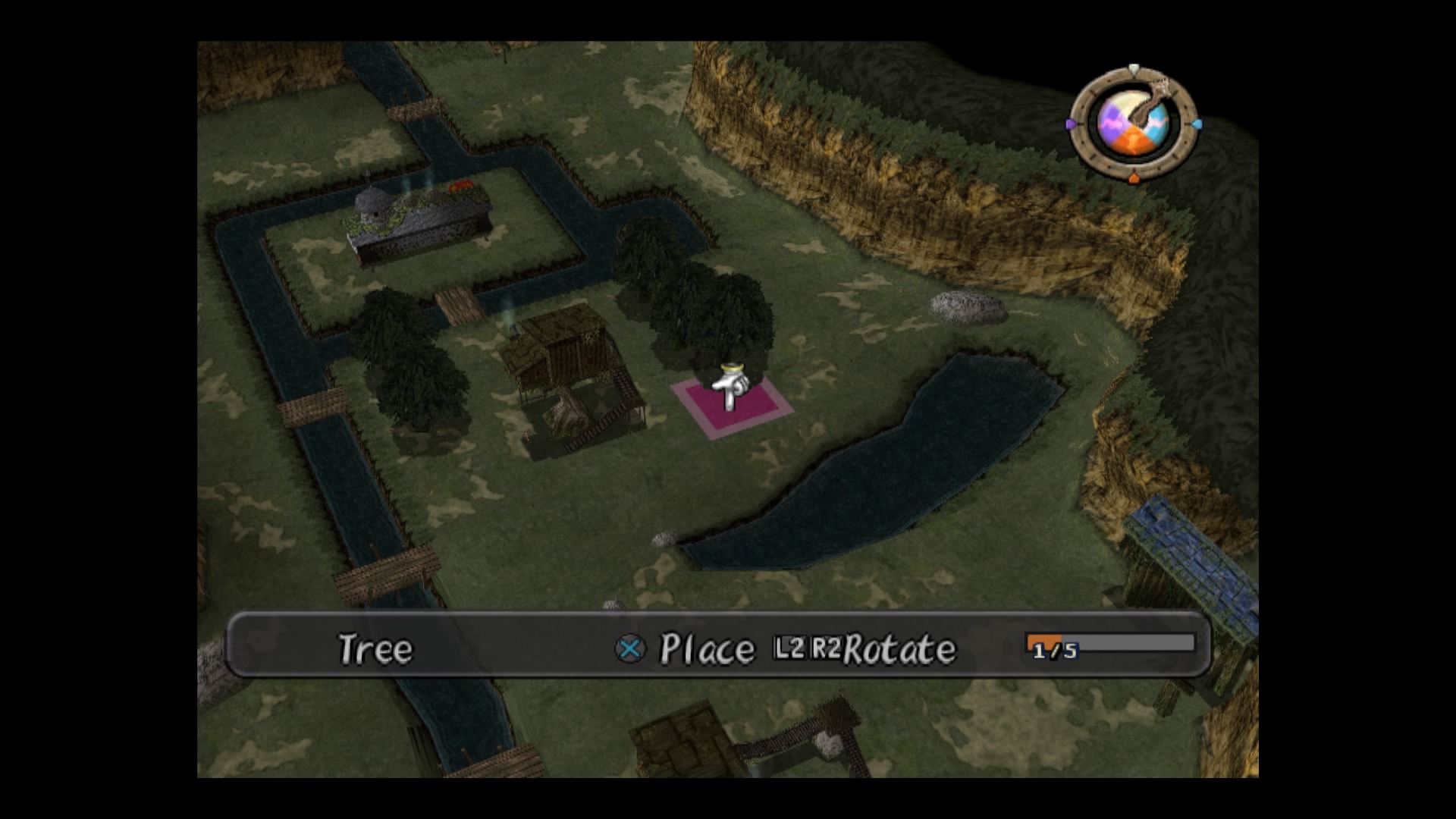
Characters themselves won’t get any experience in this game. It’s all in the weapons. They actually level up.
Weapons can be enchanted with runes, elements and damage bonuses for every type of enemy. These enchantments are permanently embedded into weapons when they level up, increasing their power and making room for new enchants. As an example: If I put an enchant for attack+3 to my weapon, it occupied one enchant slot. I gained enough weapon XP and leveled it up so that attack+3 now integrated into the weapons stats and freed the enchant slot it previously occupied. I could put a new attack+3 on that slot gaining a total of +6 on my attack stat.
There are also many other enchants in addition to the basic attack, such as speed attributes. As for enchants for enemy types, there are is extra damage for plants, beasts, mages, flying monsters, dragons, and every other type of enemy the game has. Also the elements like thunder, fire, holy, and more can be raised with enchants and the element of the weapon can be switched at will. Weapons also possess certain skills drops like more money from kills or a chance to steal items on a hit.
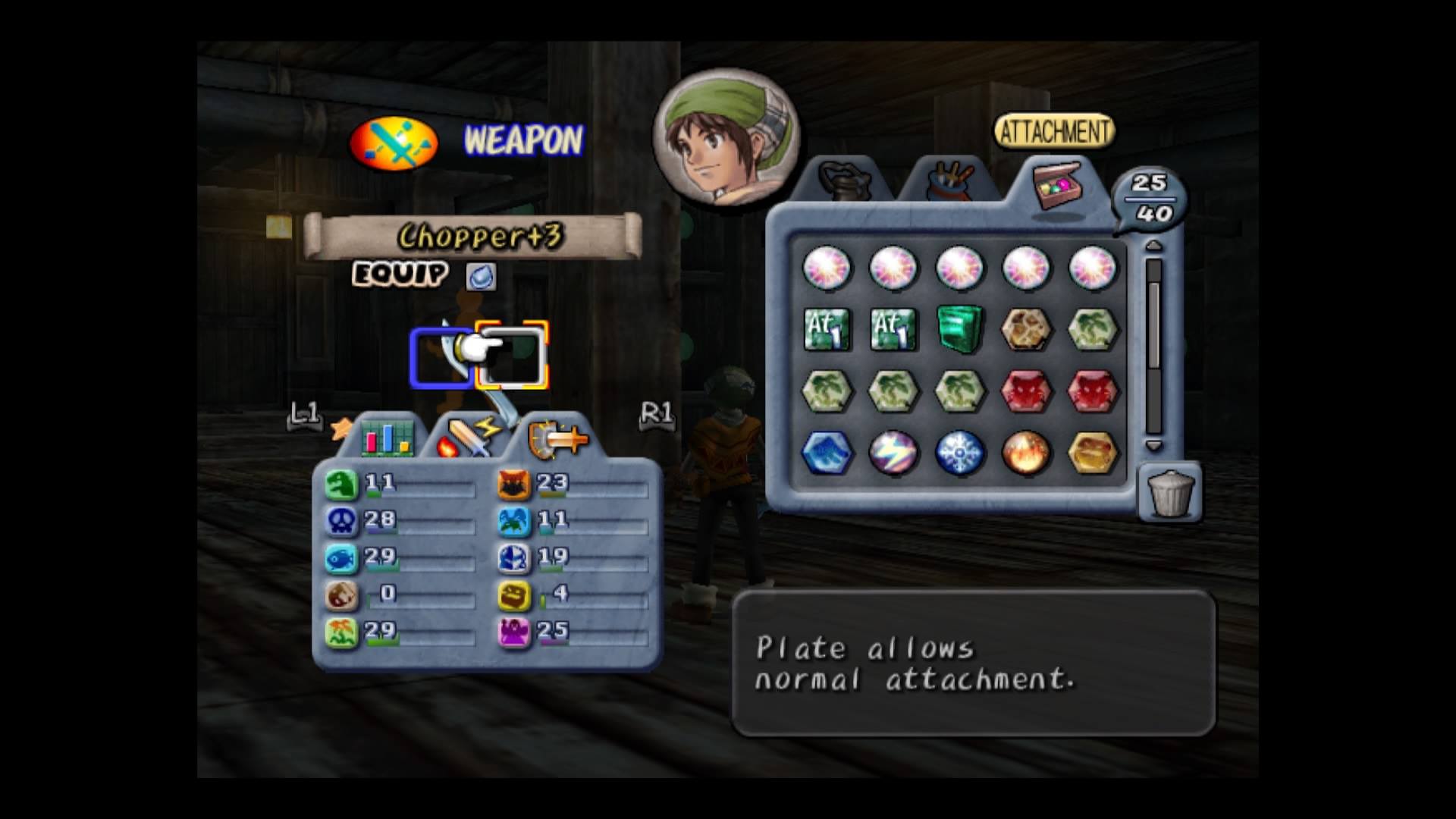
That’s not even all there is. After reaching certain stats, a weapon can be built to a more powerful version of itself which increases the caps for the attributes. The best weapons are hidden beneath some careful planning on how to apply enchants while leveling the weapon up, but every build-up doesn’t lead to the best weapon available. It’s a great system, and it gives that certain feeling of satisfaction when the final form of a weapon is finally reached and it provides massive damage. I don’t have to take anything away when making my weapon stronger either, I just the add the damage bonuses one after another.
With all that work, extra care is needed for weapons and you need to keep repair powder with you. When a weapon breaks it’s lost forever, no matter how much time went into building it. There is no mercy at all at that point.
A Bit More Crawling in the Dungeons
I don’t have many negative things to say about this game except that it’s old and simple, but it does get a bit repetitive after a while. Dungeons are built from the same few hallway and room pieces, with just different skins depending on the village the player currently is. Another issue is that enemies and bosses only have a couple of attacks that they use. Imagine enemies from a platforming game in an RPG-game and you will get the right idea about the combat this game offers. Bosses don’t offer much more either, they’re just like in Spyro, Crash Bandicoot and the like. It only takes 2-3 attacks that follow a clear pattern and you are done. Prepare for a lot of dungeon crawling while hunting for the best enchants, or special keys that grant access to the backroom of a floor, which is a room that has the aforementioned best enchants but with harder monsters and more of them. Those keys are hard to come by.
Still, I found this game decent fun even today. I think this is mostly because building the perfect weapon is addictive, villages are nice to complete, the story is goofy and lighthearted, and this all compensates for the repetition.
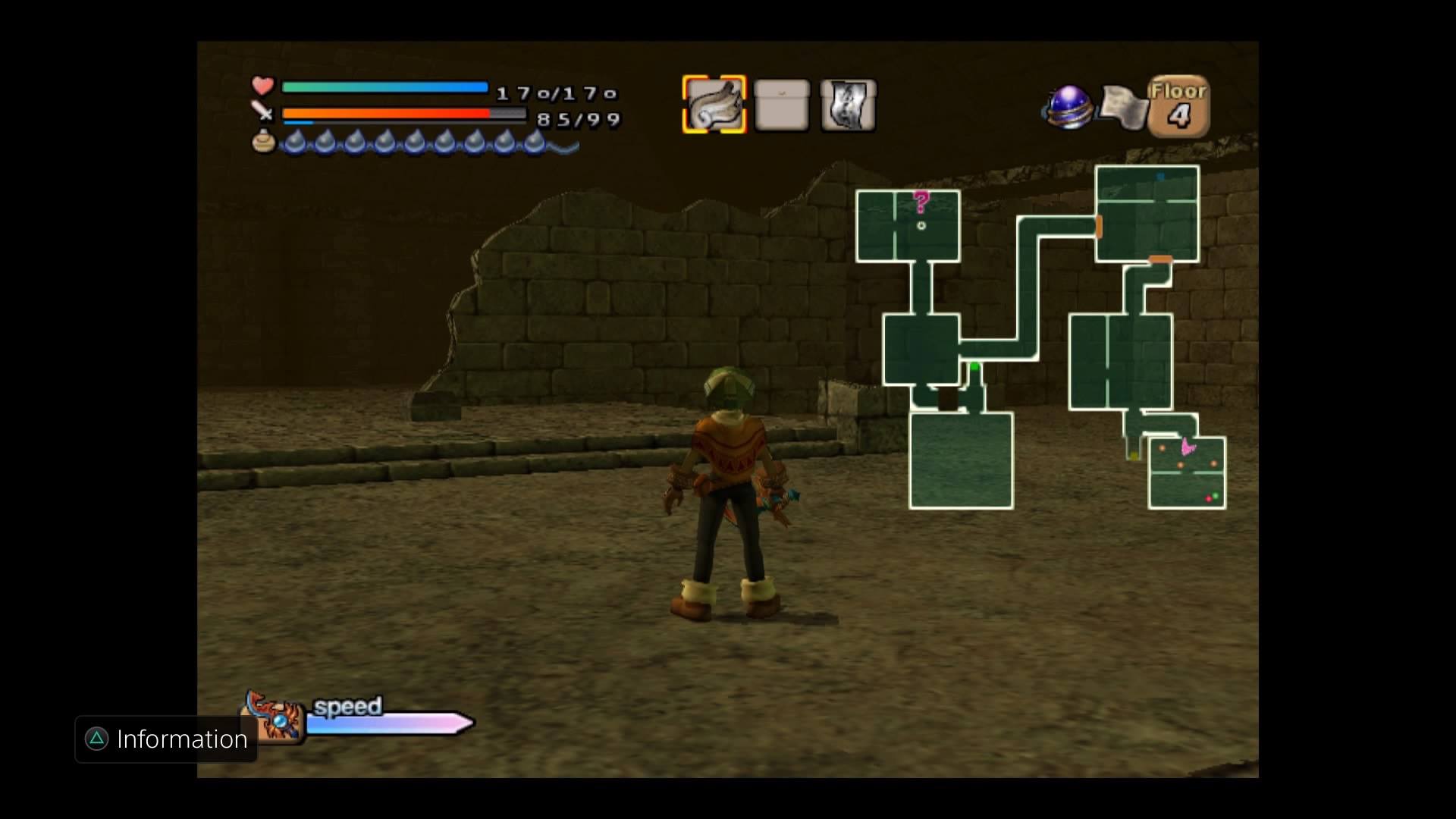
Verdict
This game is a big piece of PS2 history, even gaming history, and a groundbreaking title when it was released. It is really simple and aimed for casual players, players who want some challenge won’t find it here. It has an interesting crafting system, nice soundtrack, and overall is an enjoyable experience.
The plot is weak and as clichéd as it can be, but it doesn’t take itself seriously and that attitude saves it from being a joke, making the game much more enjoyable. The whole atmosphere is relaxing, even if the world in the game is on the brink of destruction, there’s never a feeling of hurry. I always felt there was plenty of time for casually fishing or re-arranging the buildings in the villages while listening to a great soundtrack.
Now the age of the game shows, which makes it really simple compared to modern games. I personally couldn’t play this in long sessions, it felt too repetitive for that. But in 1-2 hour sessions, s felt enjoyable and I noticed myself craving for more the next day.
I would say this belongs in every serious gamer’s collection and should demand a playthrough at least in the name of common knowledge. Dark Cloud is an absolute classic. Before the time of online stores, when physical copies were the only option for buying games, I was offered 70 euros for this game by a shop specializing in used games in my hometown, if I wanted to sell it. That was a lot for a used game in the year 2000, it was rare and much sought after. That tells you how much value was placed on Dark Cloud during that time and how nostalgic and enjoyable the game is today on the PS4.
Some Hints for New Players
When you reach the town of Queens, which is the third town, you can actually buy the special key to the back room of a dungeon. Usually, it is found randomly only as a rare drop. The backrooms usually contain multiple gems (along with greater EXP from enemies) that will boost multiple weapon stats greatly.
There is also a good fishing spot at Musca Racka-Town. Those fish give out plenty of fishing points and eat only poisonous apples, so cheap bait. One fish = 2-3 gems. I hope these few tips help!

